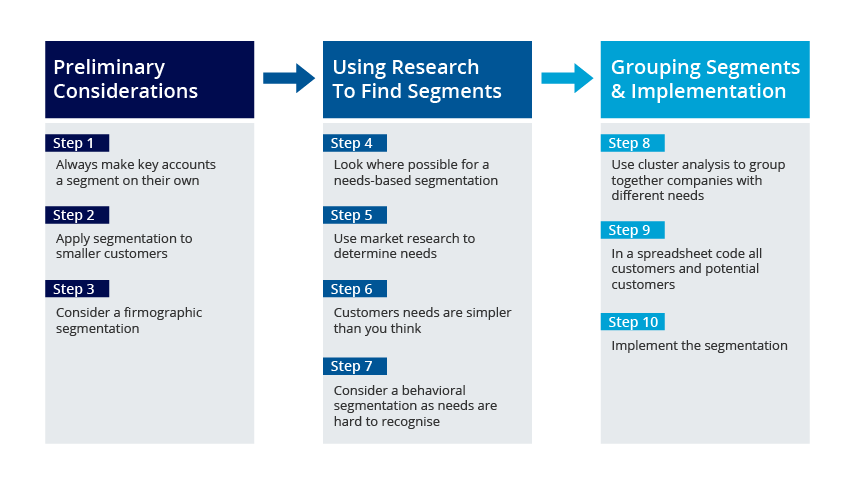The Ultimate Hookup Guide
Explore expert tips and advice on navigating the world of modern dating and hookups.
Cracking the Code of Player Segmentation Research
Unlock the secrets to effective player segmentation! Discover strategies that transform game research into winning insights. Dive in now!
Understanding Player Segmentation: Key Metrics and Methods
Understanding player segmentation is crucial for game developers and marketers alike, as it allows them to tailor their strategies to specific groups of players based on their behaviors, preferences, and demographics. By utilizing various key metrics such as engagement rate, monetization patterns, and retention statistics, developers can classify players into distinct segments. This approach not only enhances user experience but also increases the effectiveness of marketing campaigns, ensuring that the right content reaches the right audience at the right time.
There are several methods to effectively segment players, including behavioral analysis, demographic segmentation, and psychographic profiling. Behavioural analysis focuses on players' in-game actions, such as the time spent playing and the types of games they prefer. Demographic segmentation, on the other hand, includes aspects like age, gender, and geographical location, while psychographic profiling delves into players' interests and values. By implementing these segmentation techniques, developers can create a more personalized gaming experience that resonates with each player's unique preferences, ultimately driving engagement and loyalty.

Counter-Strike is a popular first-person shooter game that pits teams of terrorists against counter-terrorists in various objective-based modes. Players must work together to strategize and compete, making use of teamwork and skill to secure victories. For those looking to enhance their gaming experience, consider checking out the roobet promo code for exciting bonuses.
The Importance of Player Segmentation in Game Design
In the world of game design, player segmentation is a crucial component that influences how games are developed and how players engage with them. By categorizing players based on various factors such as play style, skill level, and preferences, developers can tailor experiences that resonate with diverse audiences. For instance, a game designed for casual gamers might focus on simplistic mechanics and easy accessibility, while a hardcore gaming experience could emphasize complex strategies and competitive elements. This understanding of the player base not only enhances user satisfaction but also contributes to player retention and loyalty.
Implementing player segmentation allows developers to collect valuable data on player behavior and preferences, enabling them to make informed decisions throughout the game's lifecycle. Through methods like surveys, analytics, and user feedback, designers can identify trends and adapt their offerings accordingly. Moreover, segmented marketing strategies can be employed to ensure that promotional efforts reach the right audiences. In the competitive gaming industry, mastering the art of player segmentation can not only increase engagement but also foster a stronger community around the game.
How to Use Player Segmentation to Enhance User Experience
Player segmentation is a powerful strategy that enables developers and marketers to tailor experiences based on distinct user preferences and behaviors. By categorizing players into specific segments—such as casual players, competitive players, and social players—game designers can provide personalized content that resonates with each group. For example, casual gamers may appreciate simplified tutorials and relaxed in-game challenges, while competitive players might seek advanced leaderboards and strategic events. Implementing this tailored approach not only enhances user satisfaction but also encourages longer engagement and loyalty.
To implement player segmentation effectively, consider the following steps:
- Data Collection: Gather and analyze data on user behavior, such as gameplay patterns, purchasing habits, and social interactions.
- Segmentation Criteria: Define criteria for segmentation based on demographics, gameplay styles, and preferences.
- Customization: Develop content and features that cater to each segment's unique preferences, such as events, rewards, and promotional offers.